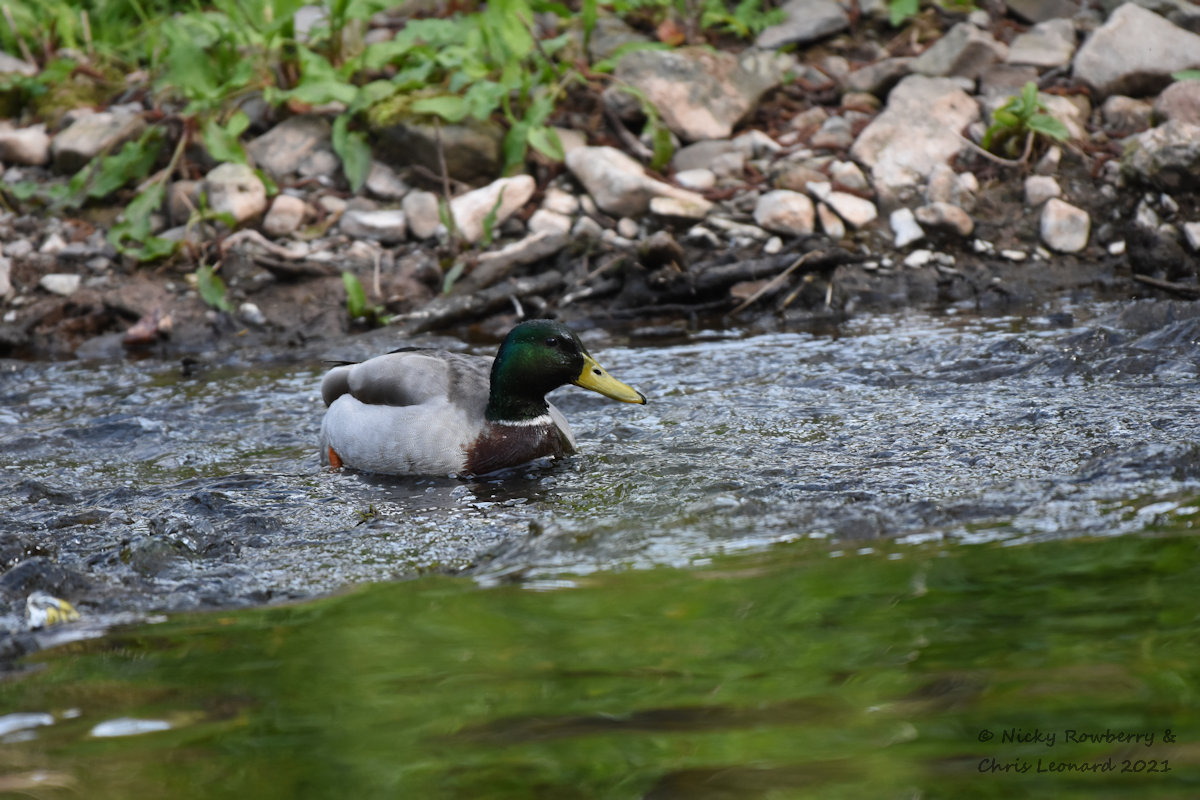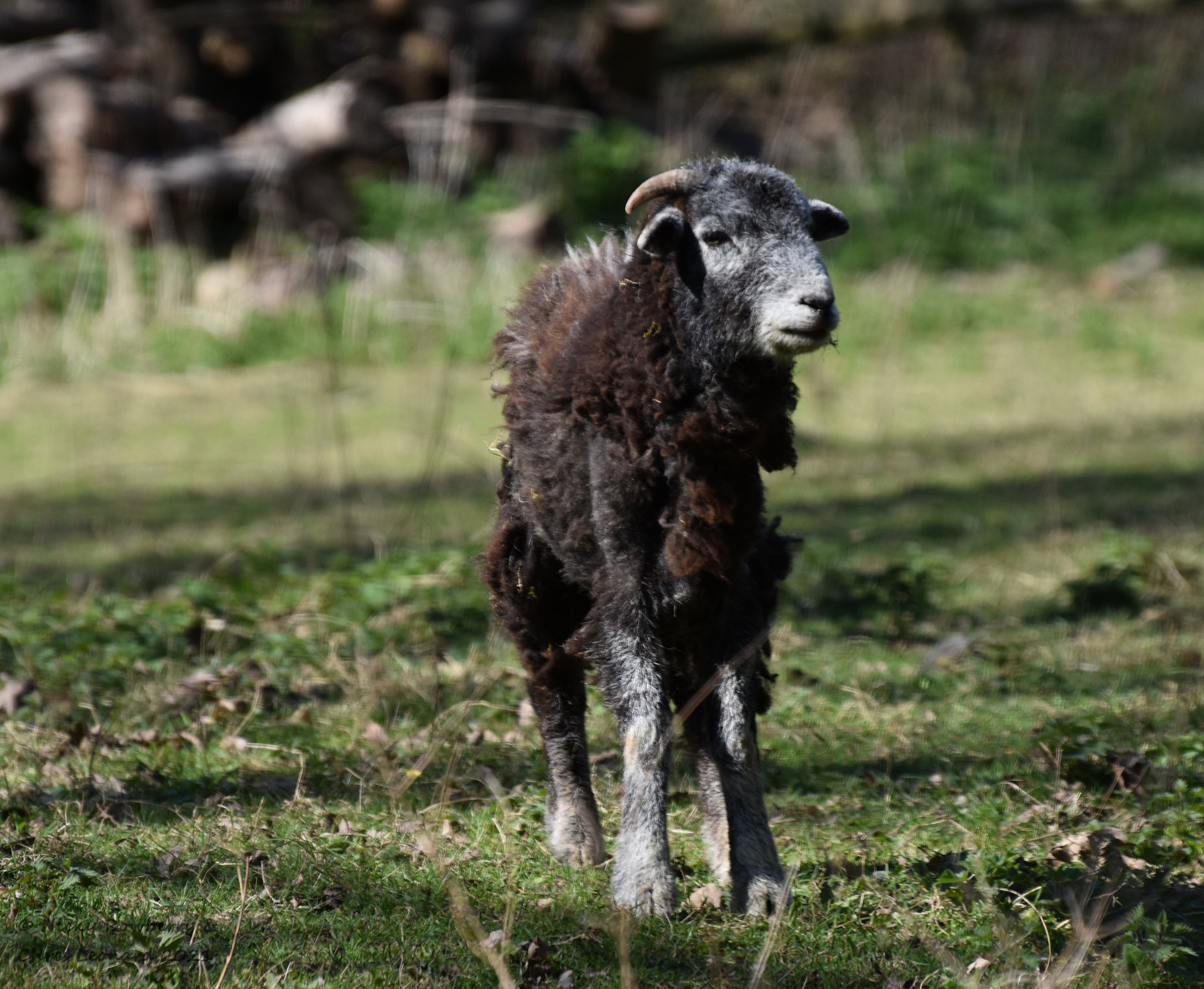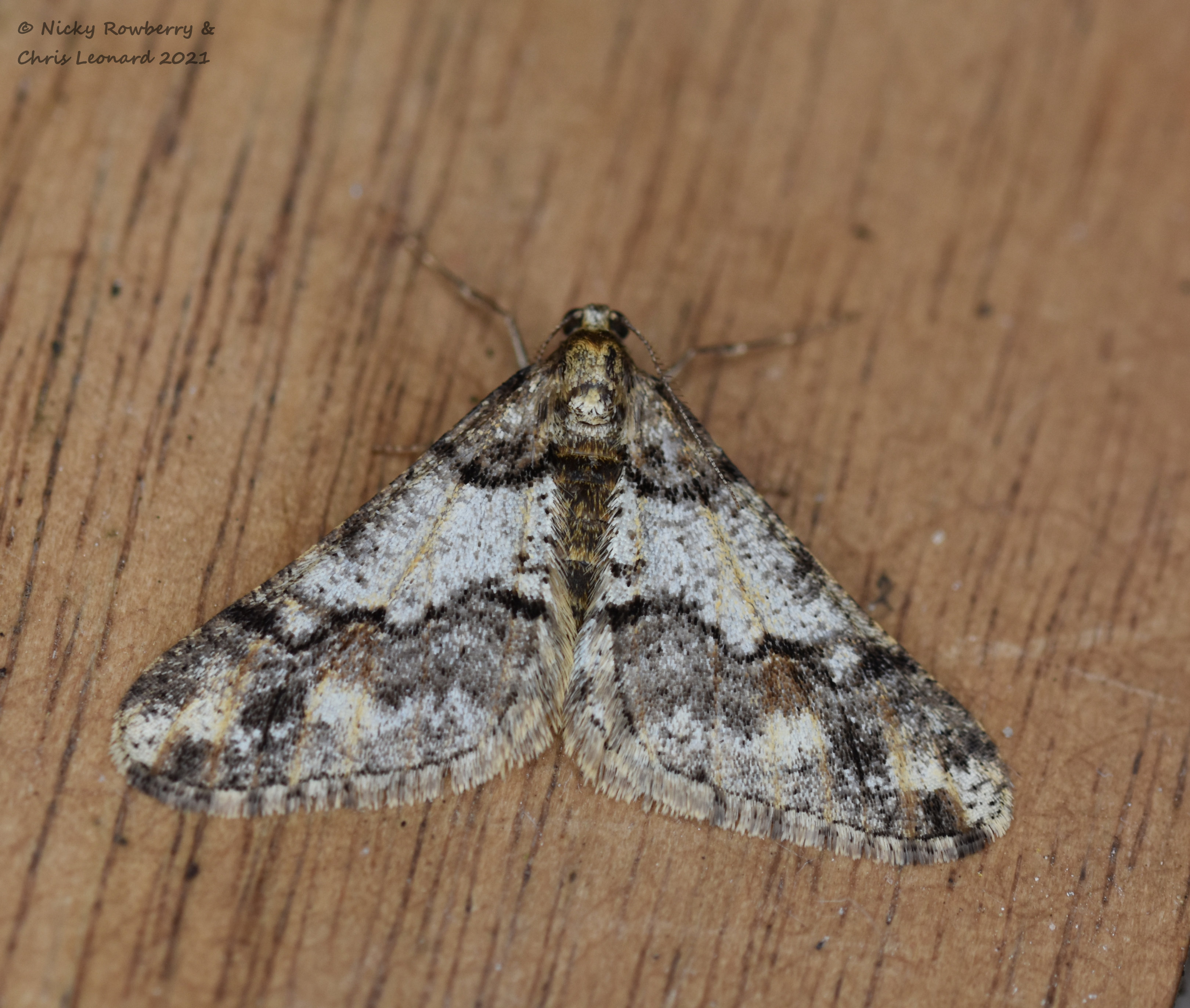Thanks to Covid, butterfly no. 53 has been the longest in planning of all the butterflies we’ve seen so far. We had originally planned to go on holiday for a week in Norfolk last June and had booked the accommodation way back in 2019. But of course that all got postponed and then our original booking got cancelled as they sold the property, so we had to find an alternative. Fortunately we managed to book a fantastic house in the middle of the Norfolk Broads and finally got the chance to go in search of the Swallowtail butterflies.
The Swallowtail is the UK’s largest butterfly and an absolute stunner. It looks far too exotic to be found here, so it’s one we’ve wanted to see for a long time. Swallowtails can pretty much only be found in the UK in the Norfolk Broads, where their caterpillars’ food plant – milk parsley grows. We visited Hickling Broad on what turned out to be World Swallowtail Day (purely by chance had we booked our holiday to coincide with this) and went on a short guided boat tour. Our guide very kindly pointed out some of the milk parsley – a fairly non-descript, carrot-top like plant, which we would never have noticed otherwise.

We glimpsed a few swallowtails from the boat, but most of our sightings were on foot – staking out the reed beds and waiting. We were not alone – half a dozen other keen swallowtail watchers were also risking the baking mid-day heat to get a glimpse and hopefully a photo or two.
Photographing moving butterflies in reed beds is not an easy task. As with so many other wildlife photos we try to take, there is always a blade of grass or in this case a reed in the way. So we never got what I’d call a perfect shot, but we did at least get some recognisable ones. So amongst the hundreds of reedy photos we took, here are some of the best:






They may not be award-winning snaps, but you can at least see the “tails” which give them their name. As we started to head back around the reserve, a couple of butterflies chose to fly up and perch on tall blades above the general reed bed. Unfortunately we were the wrong side really, but still got stunning views of the underside of the butterfly.

Chris even managed to get a shot of one in flight – if photographing them in the reed beds was difficult, capturing them in flight was virtually impossible, so he did well to get even this fuzzy shot.

Our trip to Hickling Broads was on the first full day of our holiday, so to see the Swallowtails then was great as it meant we could relax for the rest of the week and any further sightings were a bonus. It would have been nice to get some slightly better photos, but just seeing them was a delight. If it hadn’t been for the baking heat, we could happily have just sat for hours watching them glide about. Proof if ever any was needed that you don’t have to go abroad to see stunning wildlife.









 Blackhouse Wood and Crews Hill (which is also wooded) are both owned by Worcestershire Wildlife Trust and are joined to form one long thin area of semi-natural ancient woodland. The shape of the wood meant that for once, we were reasonably confident that we couldn’t possibly get lost!
Blackhouse Wood and Crews Hill (which is also wooded) are both owned by Worcestershire Wildlife Trust and are joined to form one long thin area of semi-natural ancient woodland. The shape of the wood meant that for once, we were reasonably confident that we couldn’t possibly get lost!




















 A sunny, if cold, Easter weekend and we took advantage of the lockdown easing to get out and about for the first time this year. So we headed out to find a small nature reserve that we’d not been to before – Hollybed Farm Meadows. We drove past hordes of people heading for the Malvern Hills, but fortunately Hollybed Meadows were virtually deserted and it felt like we had the reserve to ourselves. The meadows may not be at their best until the summer probably, but now we know how to get there, we will definitely go back later in the year.
A sunny, if cold, Easter weekend and we took advantage of the lockdown easing to get out and about for the first time this year. So we headed out to find a small nature reserve that we’d not been to before – Hollybed Farm Meadows. We drove past hordes of people heading for the Malvern Hills, but fortunately Hollybed Meadows were virtually deserted and it felt like we had the reserve to ourselves. The meadows may not be at their best until the summer probably, but now we know how to get there, we will definitely go back later in the year.




































